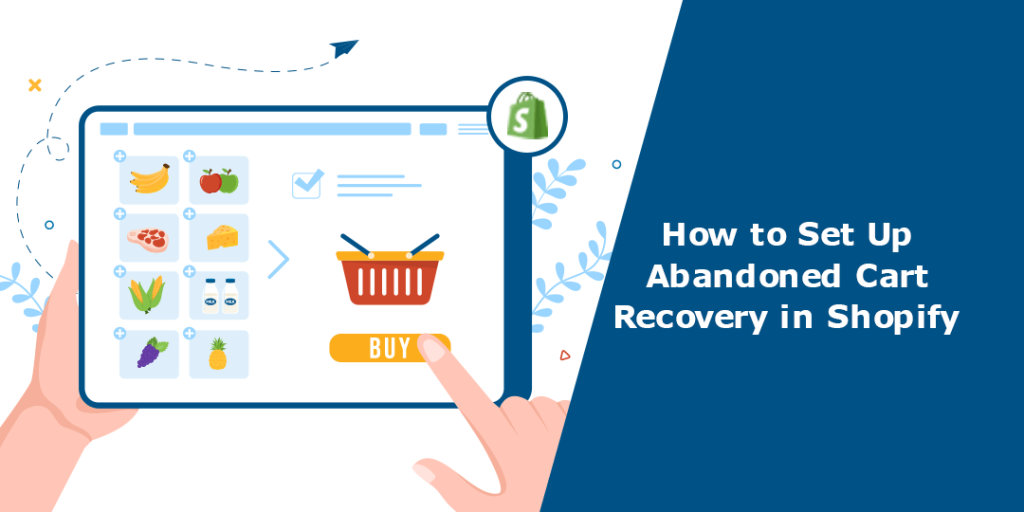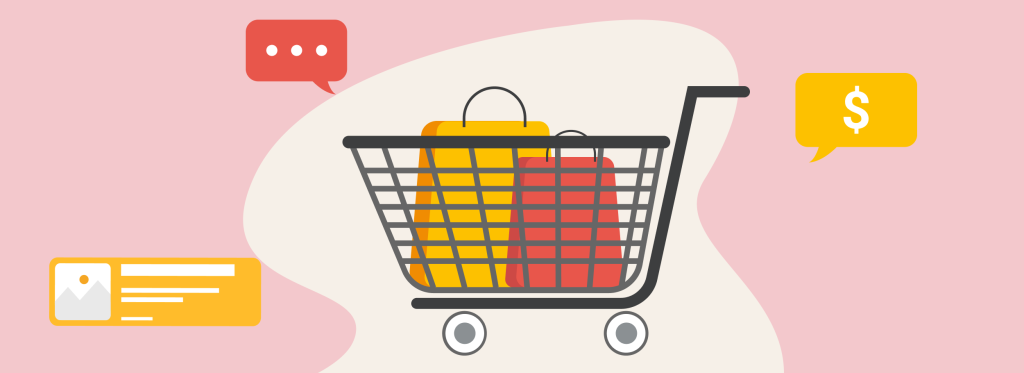In the world of e-commerce, losing potential sales due to abandoned carts is a common headache. However, with Shopify, you can take effective steps to set up an abandoned cart recovery system. Here’s how you can do it in just 5 steps:

Step 1: Understand the Importance of Abandoned Cart Recovery
- Why it matters: When customers add items to their carts but don’t complete the purchase, it’s a missed opportunity for you. Studies show that a significant percentage of these abandoned carts can be converted back into sales if you have the right recovery strategy. It could mean a big boost to your revenue without having to acquire new customers.
- Know your data: Check your Shopify analytics regularly to see how many carts are being abandoned. Identify the products that are most often left in carts and try to understand the possible reasons. For example, is it because of high shipping costs or a complicated checkout process?
Step 2: Enable Abandoned Cart Recovery in Shopify
- Find the right setting: Log in to your Shopify admin dashboard. Navigate to the “Settings” option and then click on “Checkout”. Look for the section related to abandoned cart recovery. It’s usually easy to spot.
- Activate the feature: Once you’ve located it, simply toggle the switch to turn on the abandoned cart recovery feature. Shopify will then start tracking carts that are left unfinished.
Step 3: Customize Your Abandoned Cart Emails
- Subject line: Create an attention-grabbing subject line. Avoid using generic ones like “You left something in your cart”. Instead, try something like “Your favorite items are waiting for you! Complete your purchase now”.

- Content: In the body of the email, remind customers about the items they left in the cart. Include clear pictures and descriptions of the products. Also, add a sense of urgency by mentioning limited stock or a time-limited discount. For example, “We only have a few left in stock and the discount expires in 24 hours!”.
- Call to action: Have a prominent and clear call to action button. Use words like “Complete Purchase” or “Checkout Now” and make sure the button stands out with a contrasting color.
Step 4: Set up a Timing Strategy for Your Emails
- Initial email: Send the first recovery email within a few hours after the cart is abandoned. This is when the memory of the shopping experience is still fresh in the customer’s mind.
- Follow-up emails: If the customer doesn’t respond to the first email, schedule a couple of follow-up emails. Maybe send the second one after 24 hours and the third one after 48 hours. Each email can have a slightly different message or offer to keep the customer engaged.
Step 5: Analyze and Optimize
- Track results: Use Shopify’s built-in analytics tools to see how many customers are responding to your abandoned cart emails. Look at metrics like open rates, click-through rates, and conversion rates.
- Make adjustments: Based on the data you collect, if an email isn’t performing well, tweak the subject line, content, or call to action. Experiment with different offers and timings to continuously improve your abandoned cart recovery rate.

By following these 5 steps, you can effectively set up an abandoned cart recovery system on Shopify and turn those lost opportunities into actual sales, helping your e-commerce business grow and thrive.




